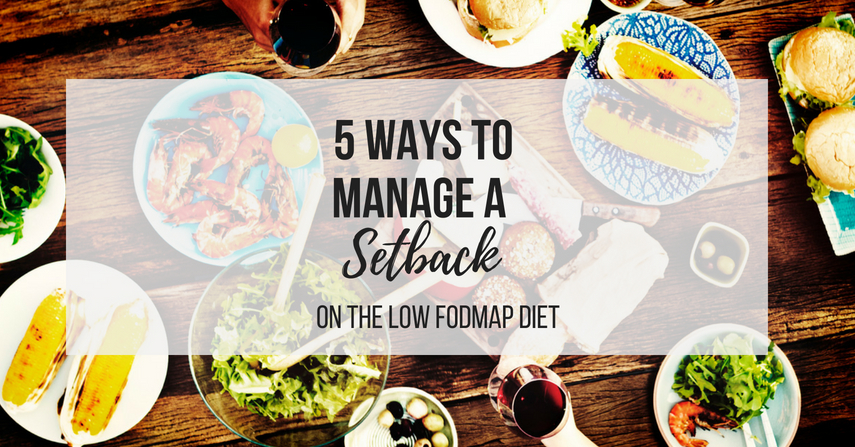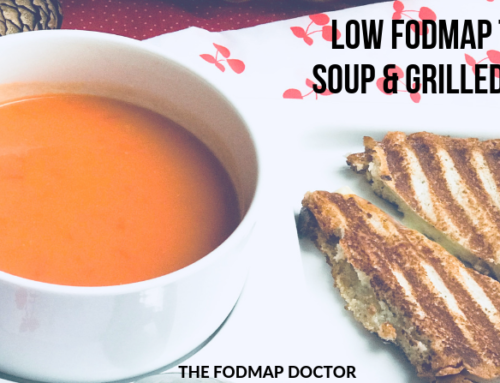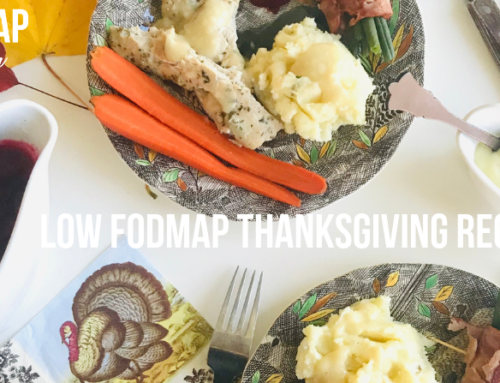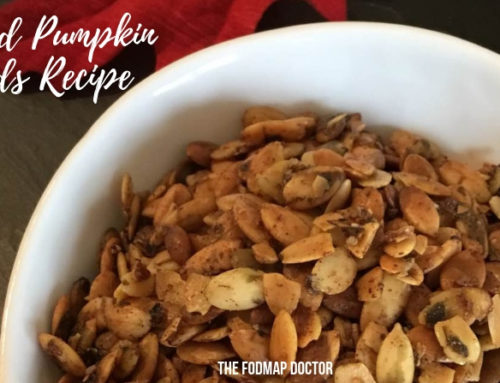Don’t let setbacks set you back! Here are 5 ways to manage a setback and exactly how to get back on the low FODMAP track.
So, you’ve finally wrapped your head around low FODMAP eating and started making changes to your diet to reflect what you’ve learned. You’ve cleared your home of every high FODMAP food and charged through the elimination phase with fierce determination. After all of your hard work, you’re ready to introduce foods back into your diet one at a time, and then all of a sudden, something goes wrong. You find yourself tempted by foods outside of your approved food list – and you go for it. And honestly, it feels so good (for like a minute) until those uncomfortable digestive issues start to pop up again. You’ve hit a setback.
Guess what? You’re not alone! Setbacks just happen sometimes and there are things you can do to manage your setbacks on a low FODMAP diet plan. Stay calm, and follow these steps:
- Go easy on yourself. It’s really not the end of the world when you experience a setback. After all, this low FODMAP diet thing is a bit more comprehensive than the average “cut carbs” or “go gluten free” kind of diet. There’s a lot to understand about going low FODMAP and there is plenty of room for error and caving into cravings — it happens! Don’t throw in the towel just because you messed up your diet a bit, instead, remind yourself that you’re only human and get in the right mentality to get back on track.
- Check your journal. It’s important to keep a journal as you work through the phases of a low-FODMAP diet. In your journal you can track your food intake and note which foods you’re reintroducing into your diet after the elimination phase, while reflecting on how you were feeling throughout the different stages of the diet. After a setback, check back into your journal to see what was going on right before your setback and if there was anything (like a craving, mood change, attended event) that contributed to the setback.
- Understand why you caved. After you take a look back and realize what factors might have contributed to a setback, spend some time thinking about why it happened. Was it because there was no other food available and you were hungry? Or because you had a craving you just couldn’t ignore? Once you identify the factors that contributed to the setback, you can prevent it from happening again.
- Create a preventative plan. Be proactive about preventing a setback from happening in the future. If you caved because you were stuck without food at an event, make a plan to meal prep prior to an event and bring a hearty low-FODMAP snack along in addition to eating a full meal before you go. If you caved because you couldn’t kick a craving, work on a recipe that’s low-FODMAP but likely to satisfy that particular craving.
- Embrace the setback. Don’t view a setback as being a completely bad thing that happened. You can learn so much about yourself and why you eat the way you do after a setback. Once you continue to apply that knowledge to your diet, you’ll soon become a natural at eating in a way that makes your body feel fabulous.
Mindset matters. Don’t get caught up in the past or worry about the future. Just focus on making the best food decisions you can in the minute you are in. You CAN do this!







Do you have a list of good foods to eat when you have IBS???
Also do you know of a great group for IBS
Hi Norma! Yes, I have a (free) Starter Kit and Cheat Sheets that you can grab right on my homepage http://www.thefodmapdoctor.com Also, I’ve got a FODMAP Diet Tips and Support Group on Facebook. It’s private, so just make sure that you answer the questions when you ask to join. You can find the link right at the top of this page https://www.facebook.com/fodmaprecipes/ Hope this helps.